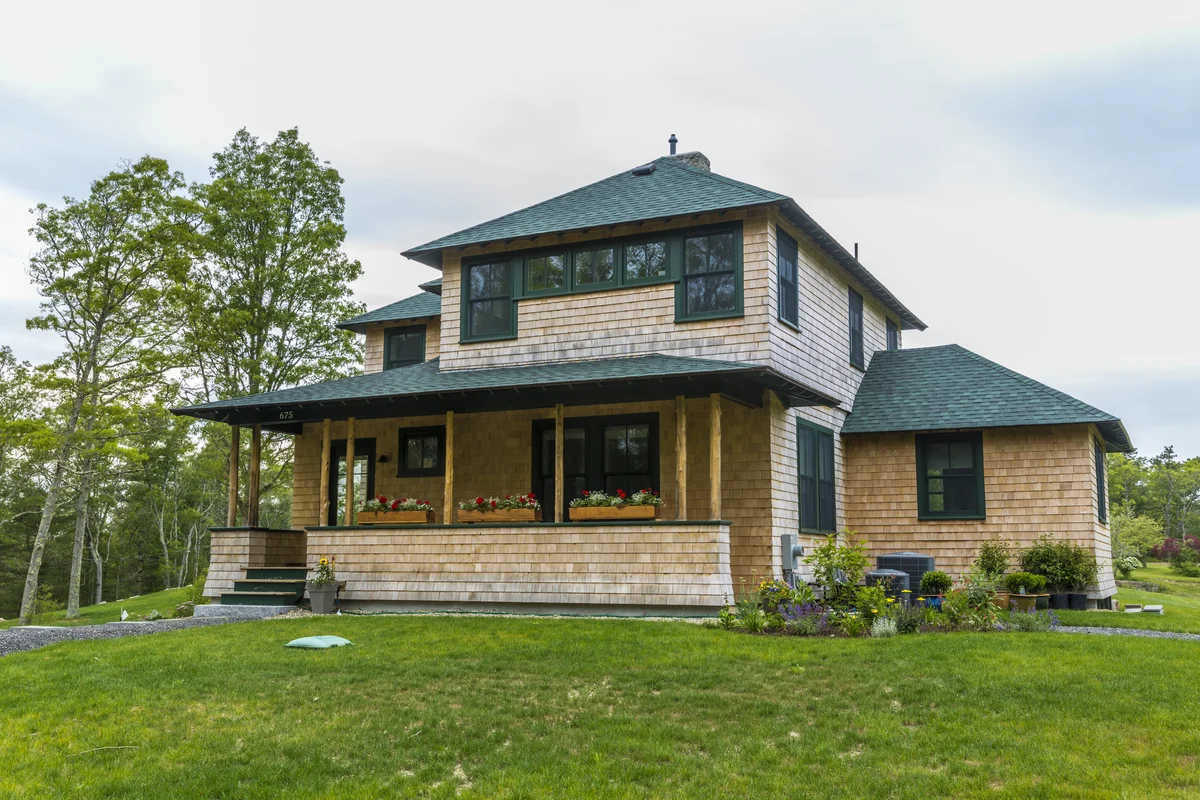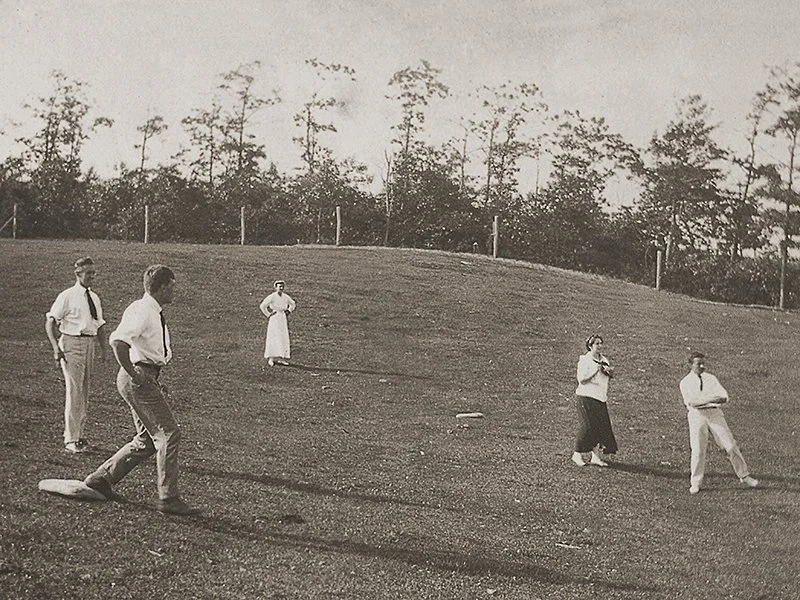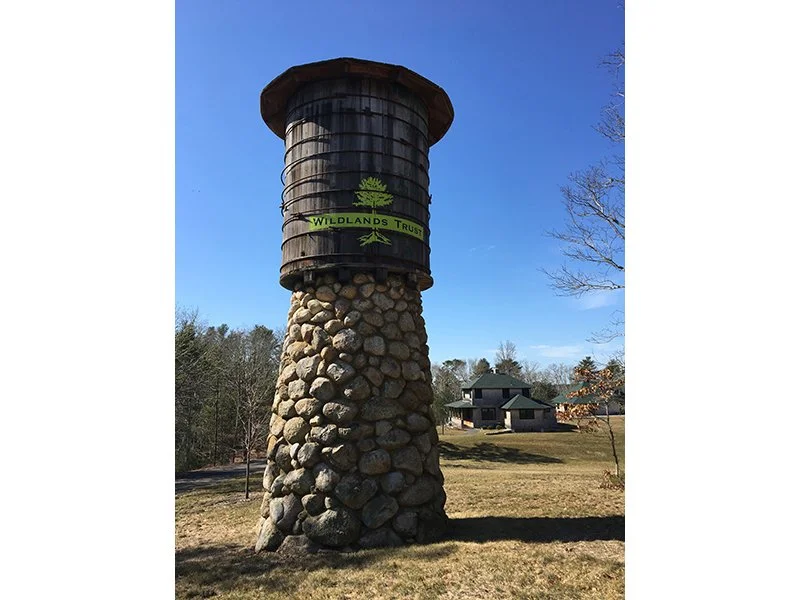
History & Headquarters
History of Wildlands
“When you hear of people in other towns around Boston bemoaning the loss of wildlands, it doesn’t seem as critical until it happens in your own town… Wildlands Trust is an idea whose time is now, if not overdue.”
– Kathleen “Betty” Anderson, first board president of Wildlands Trust
A lot has changed in the half-century since Wildlands Trust was founded. But our commitment to protecting the special places of Southeastern Massachusetts has never wavered.
In the early 1970s, profound changes were coming to Plymouth, including the arrival of the Pilgrim Nuclear Power Station and intensive residential growth. A passionate cadre of volunteers shared a conviction that these and other changes posed a threat to Plymouth’s ecology and quality of life. Meetings at the Plymouth Airport canteen concluded that a land trust must be formed to defend the interests of local people and wildlife. In February 1973, the “Plymouth County Wildlands Trust” was born.
The hiring of our first executive director in the early 1990s marked the beginning of our transformation from an all-volunteer organization to a staff-driven organization. With more time and expertise to fuel our ambition, we expanded our service area to include Bristol and Norfolk Counties, accordingly changing our name to “Wildlands Trust of Southeastern Massachusetts.” We became simply “Wildlands Trust” in 2011.
In 2015, Wildlands Trust relocated its headquarters from Duxbury to Davis-Douglas Farm in Plymouth. In a full-circle moment, the move brought us across the road from Emery Preserve, our first-ever acquisition in 1973.
Today, we serve 59 cities and towns across Southeastern Massachusetts. Our exponential growth has been fueled by widespread support from the communities we serve. What we can accomplish in the next half-century is up to you.
History of Davis-Douglas Farm
Wildlands is humbled to help write the latest chapter of Davis-Douglas Farm’s storied legacy on the Plymouth landscape.
Creating a Farm
By 1890, Howland and Anna Davis had built a summer home on about 25 acres along the eastern shore of Long Pond in Plymouth. On September 12, 1900, “The Great Fire” of Plymouth erupted, scorching a huge swath of land between Carver and Cape Cod Bay, including much of the Davis woodlands. The Davises built a farm on the leveled property to support their family throughout the summers. The farm featured vegetable gardens, fruit trees, berry patches, dairy cows, chickens, pigs, and horses to work the fields. Structures included a large barn, a chicken house, a home for the resident farmer, and a water tower situated at the highest point of the property.
Farm Life
By 1922, Percy and Agnes Douglas and their family were retained to keep the farm throughout the year and moved into the farmhouse. The Douglas family and Davis children worked the farm together to produce enough food for all. The fields were also used for recreational activities, such as baseball games between the local Long Pond team and rivals from Chiltonville and Cedarville.
A Family Home
After World War II, modern life reduced the need for a farm. Howland and Anna Davis’ children gave the farm and seven acres to Percy and Agnes Douglas. The Douglases, who had raised their eight children on the property, lived the rest of their lives here, as did their daughter Barbara and her husband, Enzo Bongiovanni. Barbara and Enzo renovated the chicken house into a home and raised their three sons, Rob, John, and David, there.
Ensuring the permanent preservation of their childhood home, the Bongiovanni sons sold the property to Wildlands in 2012. As Wildlands' headquarters, the property will continue to serve as a community space for years to come.
Connecting Past & Present
Much of the original infrastructure and character of Davis-Douglas Farm has been preserved in its new era as Wildlands’ headquarters. The main residence has been restored as our office building. The old barn foundation is now home to the Deborah Wood Davis Native Plant Garden. The chicken house is now a private residence. And the water tower remains an iconic beacon of the property, inviting travelers down Long Pond Road to step back in time to reimagine the region’s future.









